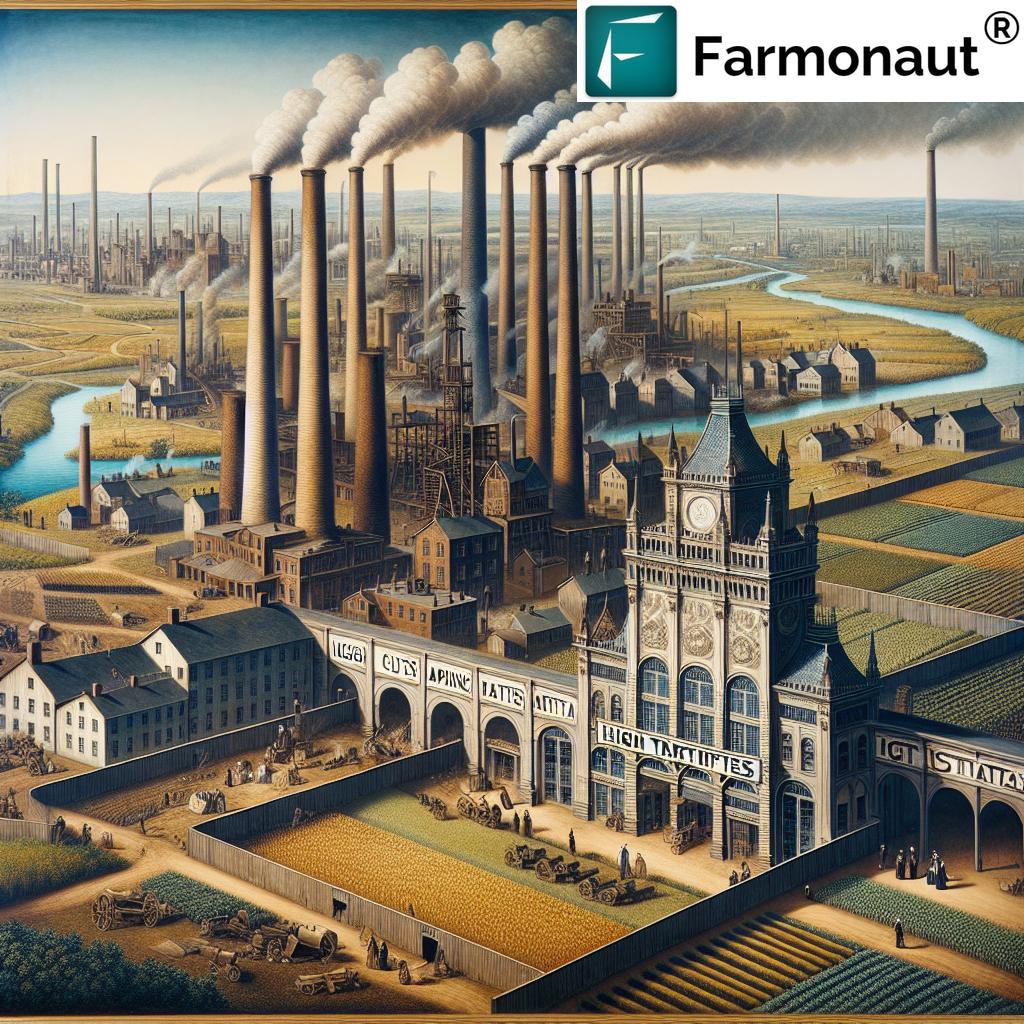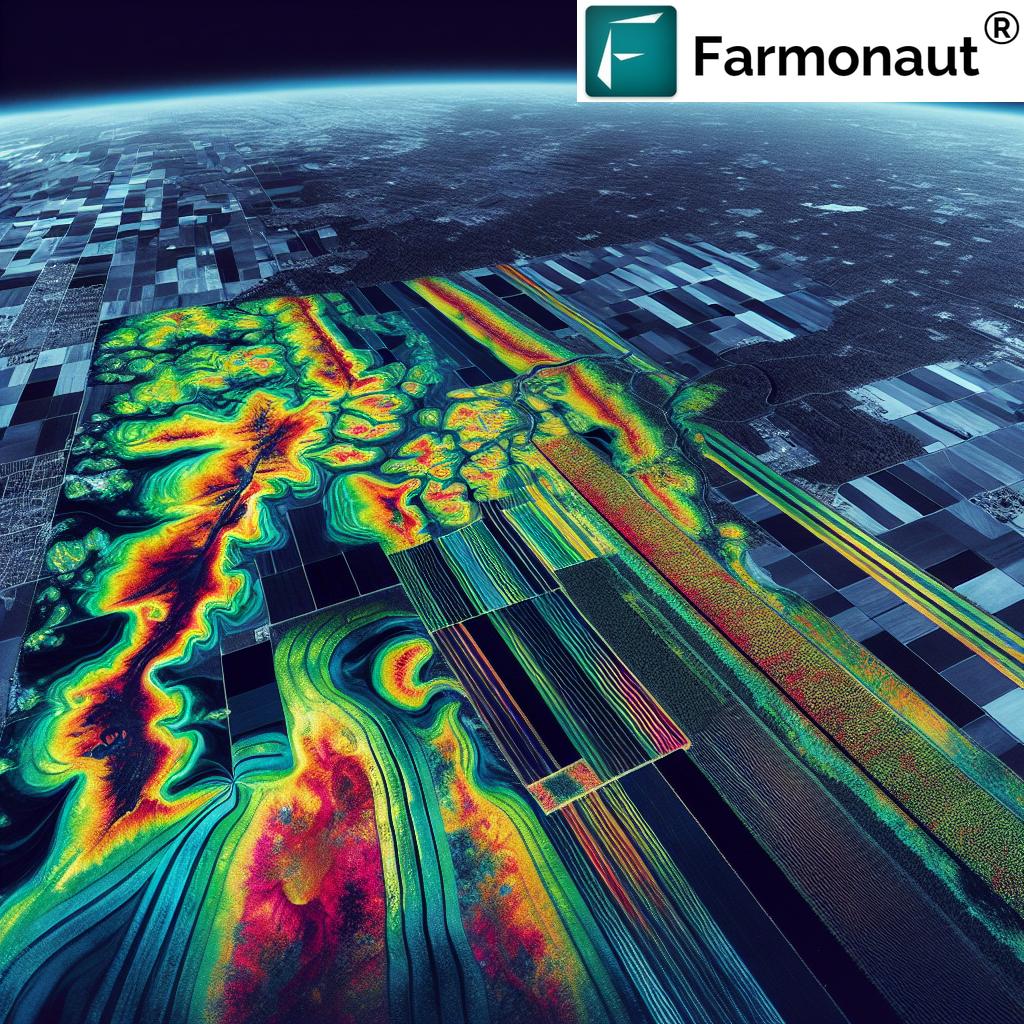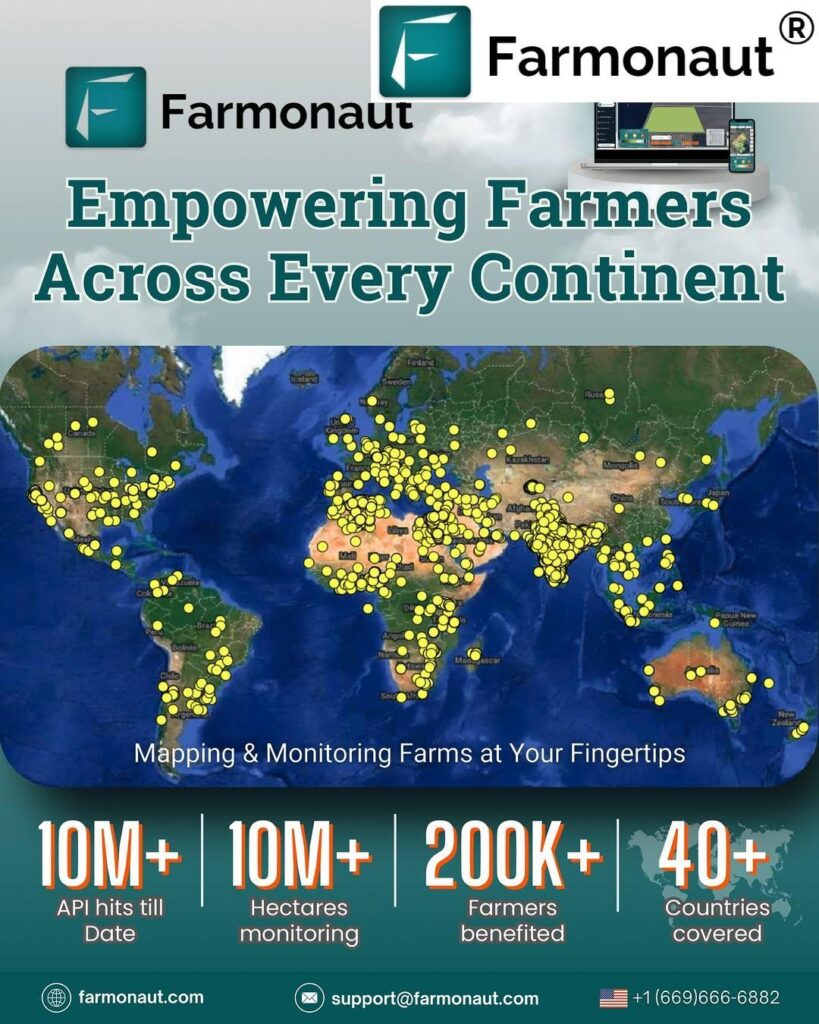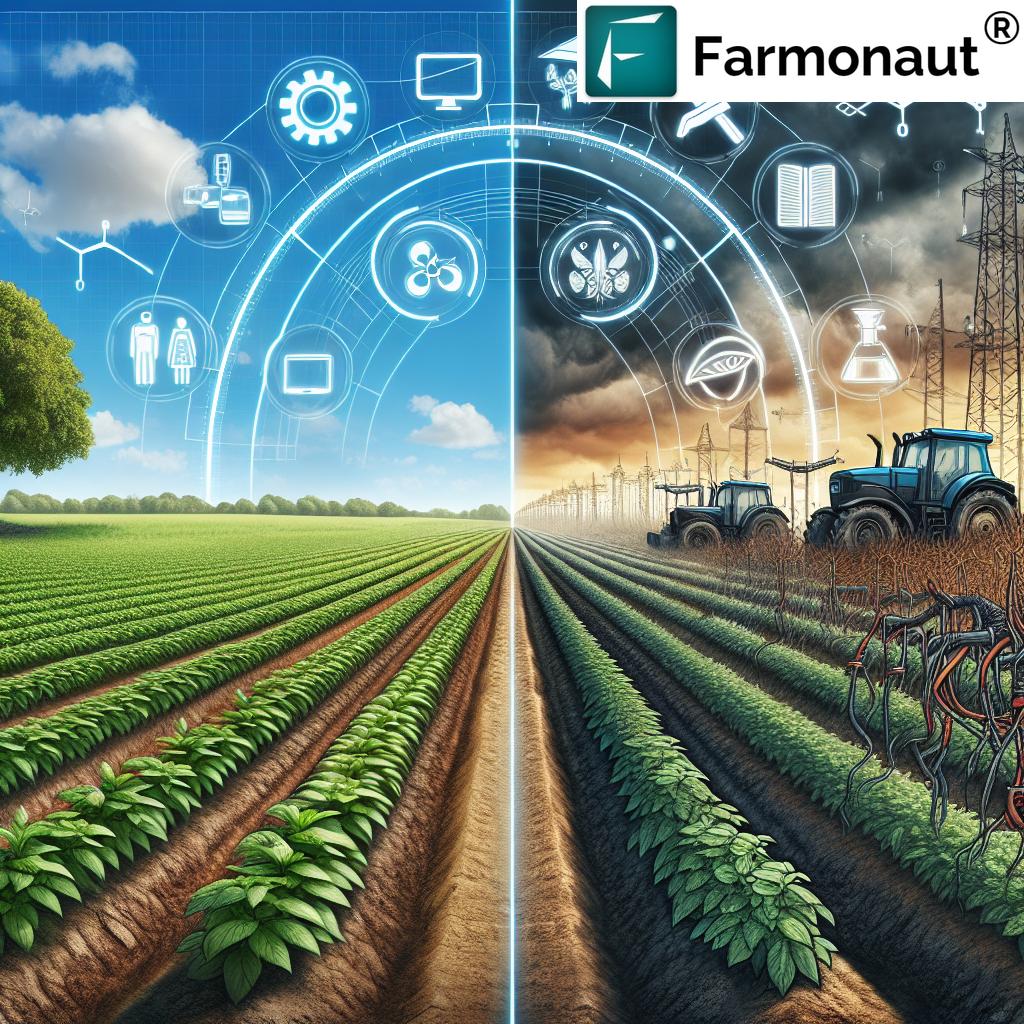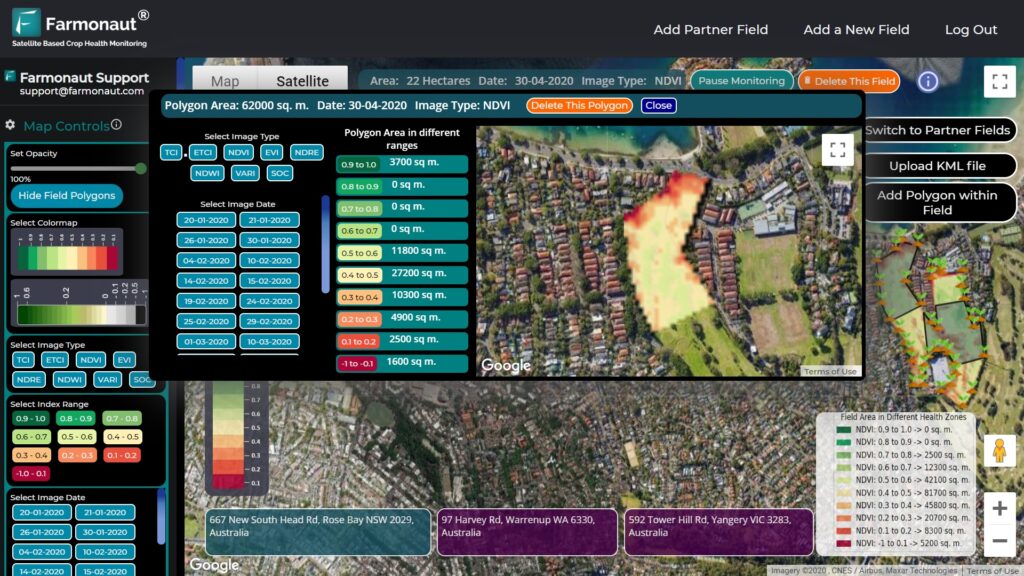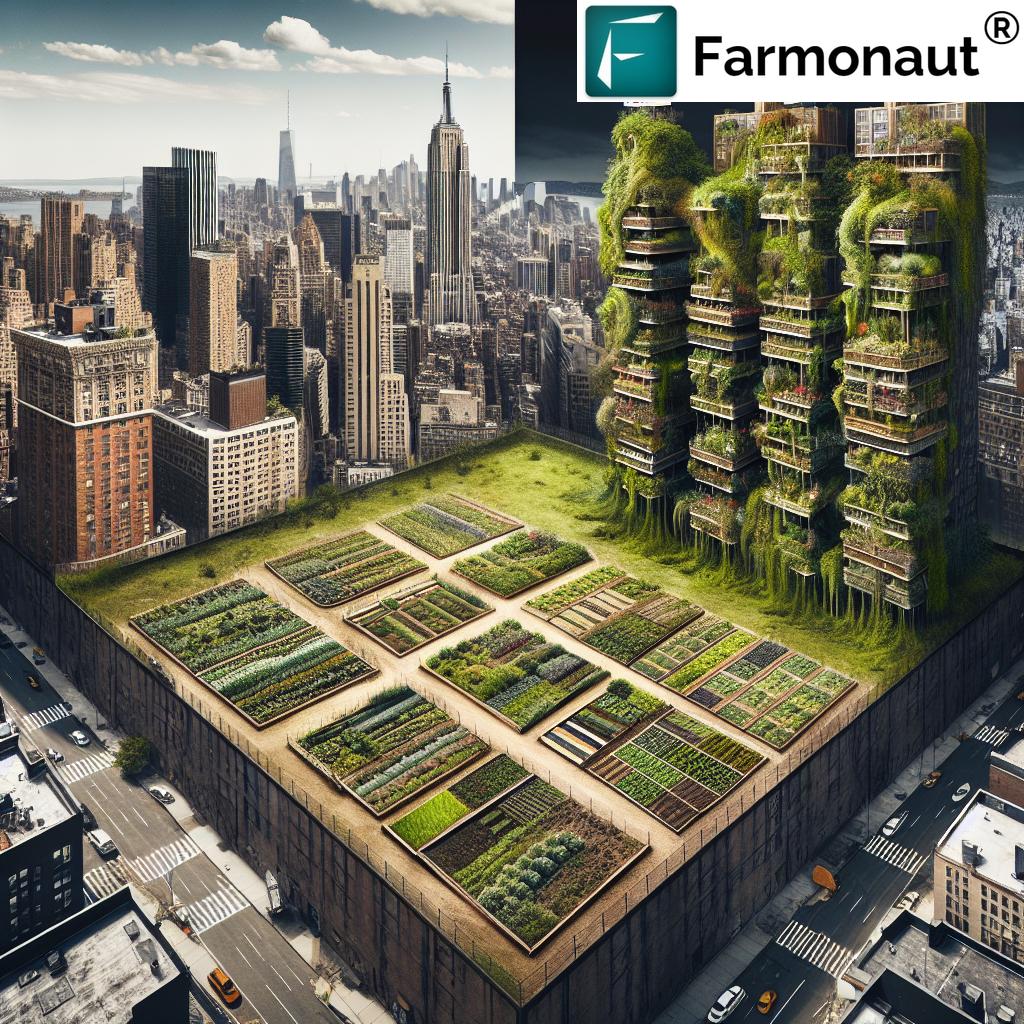South Florida Drought: 7 Urgent Wildfire Risk Tips for Communities
“Palm City saw a 40% drop in rainfall this season, sharply increasing wildfire risk for over 15,000 local residents.”
Introduction: Why South Florida Drought Demands Immediate Attention
The South Florida drought conditions we are witnessing today are not simply a seasonal annoyance—they represent a rapidly escalating environmental threat with direct consequences for our homes, properties, and local habitats. Recent events such as the persistent Gator Fire in Palm City have highlighted how dry weather fire risk can quickly turn local concerns into community crises. With rainfall far below seasonal averages, the stage is set for more wildfires—putting every community from Martin County to the greater Treasure Coast region on urgent notice.
As concerned residents in South Florida, we must understand how these dry spells fuel blazes, how the lack of rain worsens the situation, and what steps we can take—as communities and individuals—to protect our environment, property, and one another. Below, we’ll draw on both local expert advice and cutting-edge tools like Farmonaut’s satellite-based solutions to keep us alert and proactive.
South Florida Drought Conditions and Wildfire Risk in Palm City
It’s no secret that South Florida faces pronounced drought challenges, especially this season. Palm City, located in Martin County, remains at the epicenter of attention due to the relentless Gator Fire—an event now burning for over a month, with little relief in sight.
Local residents and Florida Forest Service officials attribute the fire’s persistence to dry conditions: “At this time of the year, it just gets dry a little bit,” says one resident, echoing what’s become an annual refrain.
In fact, the link between drought, wildfires, and dry vegetation is direct and deadly. With reduced rainfall:
- Vegetation dries up, creating easy fuel for fires
- The soil loses crucial moisture, letting flames penetrate and persist
- Winds can spread smoke and embers, endangering new areas
- Fire crews report that putting out flames is much harder when the region stays dry
As the drought continues, South Florida communities find themselves at a high-stakes crossroads. Will more tropical rains finally come, or must we brace for more Florida wildfire alerts and rising losses?
Comparison Table: Wildfire Risk Factors & Prevention Tips for South Florida
Effective wildfire mitigation relies on understanding which risk factors matter most. Here’s a proactive, scannable table showing the links between wildfire risk factors, their estimated impacts during drought, possible financial/property losses, and preventive actions every community should take:
| Wildfire Risk Factor | Estimated Impact Level | Potential Losses due to Wildfire (USD) | Prevention/Community Tip |
|---|---|---|---|
| Low Rainfall / Drought | High | $5,000,000+ (regional property loss estimate) | Monitor rainfall; implement emergency irrigation; engage in rainwater harvesting |
| Dry Vegetation & Trees | High | $3,000,000 | Trim and clear dead trees; maintain green buffers with strategic watering |
| High Winds | Moderate-High | $2,000,000 | Create firebreaks; monitor weather alerts; secure flammable materials |
| Flammable Debris Near Homes | High | $1,500,000 | Clear debris from 30-100 ft zone around property (“defensible space”) |
| Insufficient Community Mitigation/Resources | High | $4,000,000 | Push for additional fire station; train residents on fire reporting and response |
| Soil Dryness / Water Loss | Moderate | $500,000 | Adopt drought-tolerant landscaping; monitor soil moisture |
| Lack of Early Wildfire Alerts | High | Unquantifiable (loss of life, evacuations) | Subscribe to official alerts; support community monitoring efforts |
Effects of Drought on Communities | Palm City & Treasure Coast Insights
Let’s examine how the ongoing South Florida drought conditions are affecting our local communities—particularly Palm City, Martin County, and across the vital Treasure Coast region:
- Property Risk: Extended periods of dry weather turn gardens, parks, and even well-watered lawns into fire hazards. Highly flammable material accumulates quickly, and one uncontrolled flame can threaten dozens of homes.
- Ecosystem Impact: As rainfall diminishes, native species—from pine forests to marshlands—are stressed by lack of water. Animals flee fires; smoke damages habitats.
- Public Health Threat: Smoke inhalation cases rise. Those with asthma or respiratory conditions, as well as elderly residents and children, face heightened risk from toxic air and particulate matter.
- Emergency Resources: Fire stations are stretched thin. Martin County’s push for a new station showcases how community readiness is critical, especially in rural zones.
- Water Conservation: With higher demand for extra watering, residents are urged to minimize use while still protecting essential landscaping.
- Unpredictable Weather: Spells of spotty showers give false hope—true fires will continue to burn until sustained “tropical rains” return.
“Wildfires in South Florida can spread at speeds up to 14 mph during drought, threatening homes and natural habitats.”
7 Urgent Wildfire Risk Tips for South Florida Communities
Every resident of South Florida—from Palm City to the rural coast—can help reduce danger and increase our communities’ resilience during seasonal wildfire threats. Here are seven actionable tips, based on the latest fire prevention tips Florida, to control the threat:
-
Clearing Flammable Debris Around Homes
Remove dry leaves, pine needles, dead branches, and other debris within a minimum 30-foot “defensible space” zone of your property. Trim trees and shrubs. Dispose of cleared material away from structures to limit fuel available to wildfires.
-
Monitor Weather and Wildfire Alerts
Stay connected to your local Florida Forest Service for Florida wildfire alerts. Use advanced, real-time platforms like Farmonaut to monitor drought, rainfall, and potential fire hazards across the region. Early warning is key.
-
Strengthen Your Property’s Fire Defenses
Equip your home with Class-A roof materials, ember-resistant vents, and fire-rated windows. Use non-combustible materials for fences and decks where possible. Regularly water lawns and employ targeted fertilizer (judiciously) only where needed to avoid burning.
-
Communicate with Your Community and Fire Stations
Join or form a local emergency WhatsApp group or alert chain. Know your nearest fire station (Martin County Fire info). If you notice visible smoke or fire—report it immediately. “Every minute matters.”
-
Adopt Drought-Tolerant, Native Landscaping
Plant native, drought-hardy plants and keep mulch/woodpiles well away from your home. Mulch assists soil moisture retention, but too much organic material near structures poses additional fire risk.
-
Advance Community Mitigation: Advocate for More Resources
Support/attend local hearings to push for additional fire stations and better firebreaks—especially near rural outposts. Encourage public information officers and specialists to host seasonal wildfire readiness workshops.
-
Use Technology for Monitoring and Prevention
Digital tools like environmental monitoring apps, AI-based prediction systems, and satellite imagery (e.g., Farmonaut’s platform) can flag threats and optimize resource usage—ideal for property managers, farmer groups, and local governments.

For those managing fields or green belts, regularly check Farmonaut’s Large Scale Farm Management platform for detailed insights on field dryness, fire alerts, and resource optimization.
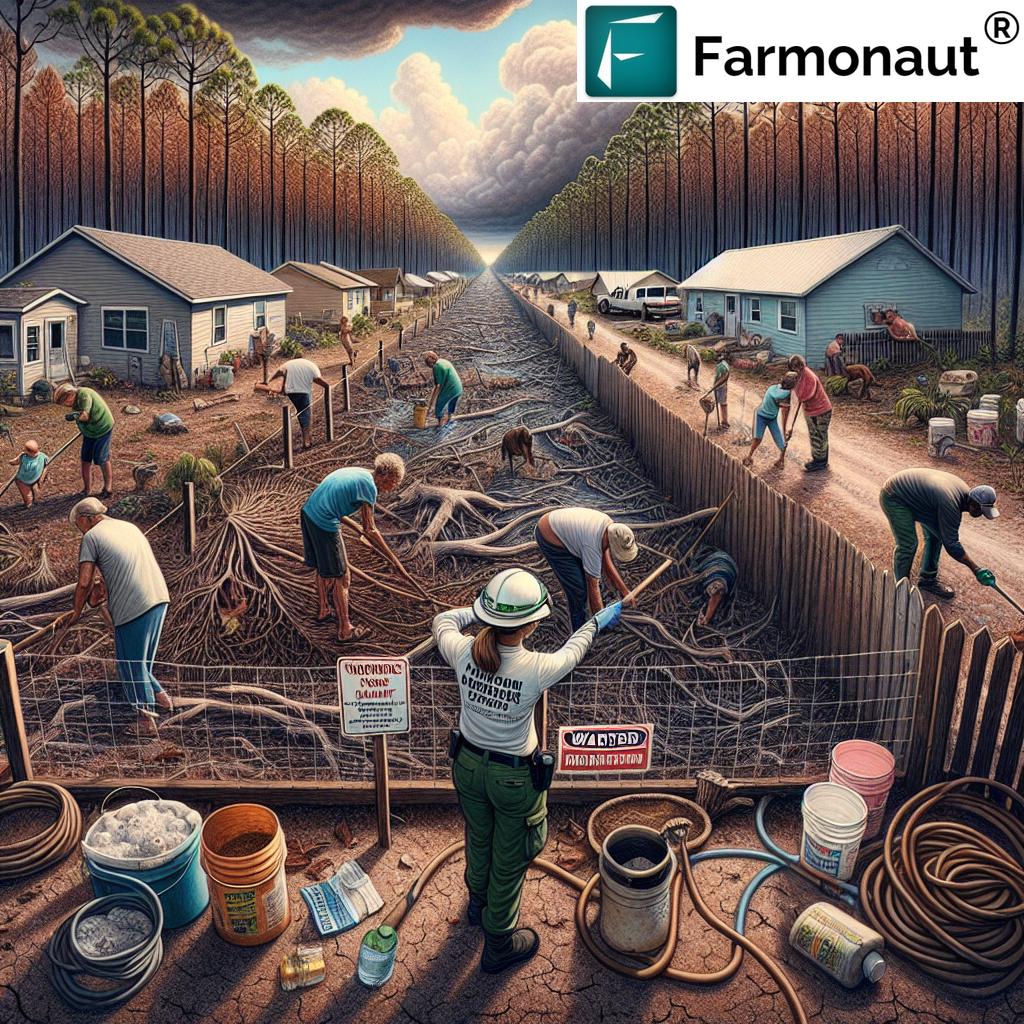
Farmonaut’s Role in Fire Prevention, Monitoring and Alerting
Modern environmental threats require modern solutions. Farmonaut is a pioneering agritech company with a mission: to make advanced, satellite-based monitoring and advisory platforms accessible and affordable for everyone, from farmers to municipal managers in South Florida.
Farmonaut enables us to:
- Monitor Real-Time Drought and Wildfire Risk: Leveraging satellite data, Farmonaut accurately tracks vegetation dryness, soil moisture levels, and zones at risk for burning across Palm City and surrounding communities.
- AI Advisory for Targeted Mitigation: Get instant advice on irrigation, fertilizer use, optimal watering schedules, and soil management—vital for reducing fuel loads and keeping properties from becoming fire hazards.
- Alerting and Resource Allocation: Receive timely notifications regarding wildfire danger zones, helping direct local fire crews, community groups, and emergency planners for faster response.
Instead of guesswork, our communities can plan, respond, and control wildfire risk by integrating Farmonaut’s digital platform into daily operations. Whether tracking rainfall for irrigation or monitoring grounds for smoldering hot spots, actionable insights save property and lives.
Farmonaut: Satellite Technology Videos for Drought Management
Community Resources: Apps, API, & Advanced Solutions
Let’s connect with the best digital resources to enhance South Florida’s wildfire and drought resilience:
-
Farmonaut Web & Mobile App: Access satellite monitoring for Palm City and beyond—track dryness, spot fire risk, and receive AI-based forest and crop advisories.

-
API Access for Custom Solutions:
Professionals, agri-cooperatives, and emergency coordinators can harness Farmonaut’s satellite data API for seamless wildfire risk integration; see API developer docs for details. -
Transparent Food Chains & Branding:
If you’re part of Florida’s food, textile, or agri-business value chain, Farmonaut’s Traceability solution utilizes blockchain for supply chain transparency—a growing consumer demand in climate-conscious markets. -
Sustainable Operations:
Farmonaut Carbon Footprinting platform offers real-time carbon and emission tracking—vital for reporting environmental progress and reducing agriculture’s impact during drought/fire periods. -
Crop Loan & Insurance:
Secure support from banks and insurers more easily—even amid drought-related claims—with satellite-verified field status. -
Plantation & Forest Planning:
Leverage Farmonaut’s Crop, Plantation & Forest Advisory for science-backed guidance—great for municipalities, large landowners, and environmental NGOs.
FAQ—South Florida Wildfires, Drought and Prevention
-
Q1. How does drought cause wildfires in South Florida?
Drought dries out vegetation and soil, creating abundant fuel for fires. A single spark or lightning strike can easily ignite vast tracts, while dry conditions let fires spread rapidly—especially with strong winds common to the region.
-
Q2. What are the best fire prevention tips for South Florida residents?
Clear flammable debris, trim trees, keep properties irrigated (but conservatively), monitor local weather and fire alerts, and ensure quick communication with fire stations. Support community education on wildfire response.
-
Q3. How can modern technology help control fire threats?
Satellite-based platforms like Farmonaut provide real-time monitoring of risk zones, vegetation dryness, and soil health. AI-based advice assists in optimal resource use, while early alerts can save precious time in emergency response.
-
Q4. What should we do if we see or smell smoke?
Stay alert. Immediately report sightings to your local fire service or 911. Don’t assume others have called. Fast reporting and early response are crucial in preventing small blazes from becoming major wildfires.
-
Q5. Where can one find up-to-date drought and fire alerts?
Register for Florida Forest Service’s official alerts. Community-specific, real-time monitoring and predictive tools are also available via Farmonaut’s web and mobile app.
-
Q6. Can additional fire stations really help during drought?
Absolutely. Faster response times, improved resource allocation, and local knowledge can all help contain fires before they escalate—particularly in rural and high-risk zones.
-
Q7. How does the lack of rainfall impact my personal property?
Without regular rain, lawns, gardens, and even irrigated landscapes become dry and more likely to catch fire; homes located near wooded patches or dry vegetation are at even greater risk.
Conclusion: Staying Prepared in a Changing Climate
As we have explored in depth, the South Florida drought conditions present formidable challenges to all Palm City residents and communities across the region. The connection between dry weather, dwindling rainfall, and ongoing fire risk cannot be underestimated. Wildfires will continue to threaten our property, local habitats, and public health until sustained tropical rains return.
That’s why collective action—guided by scientific, data-driven tools like Farmonaut and grounded in strong community response—is more essential than ever. From clearing flammable debris and supporting local fire stations to leveraging real-time monitoring systems, we have powerful paths to reduce hazards and protect what matters most.
Stay informed, stay united, and let’s keep our Palm City and the broader South Florida coast safe, green, and resilient even in the driest of seasons.
For those seeking advanced, affordable, and real-time fire risk monitoring for property, community, or agri-business, explore Farmonaut’s wide portfolio of
large-scale management solutions or
satellite-based crop verification for insurance.
Together, we can outsmart seasonal wildfire threats and foster a more sustainable, secure South Florida for the next generation.




